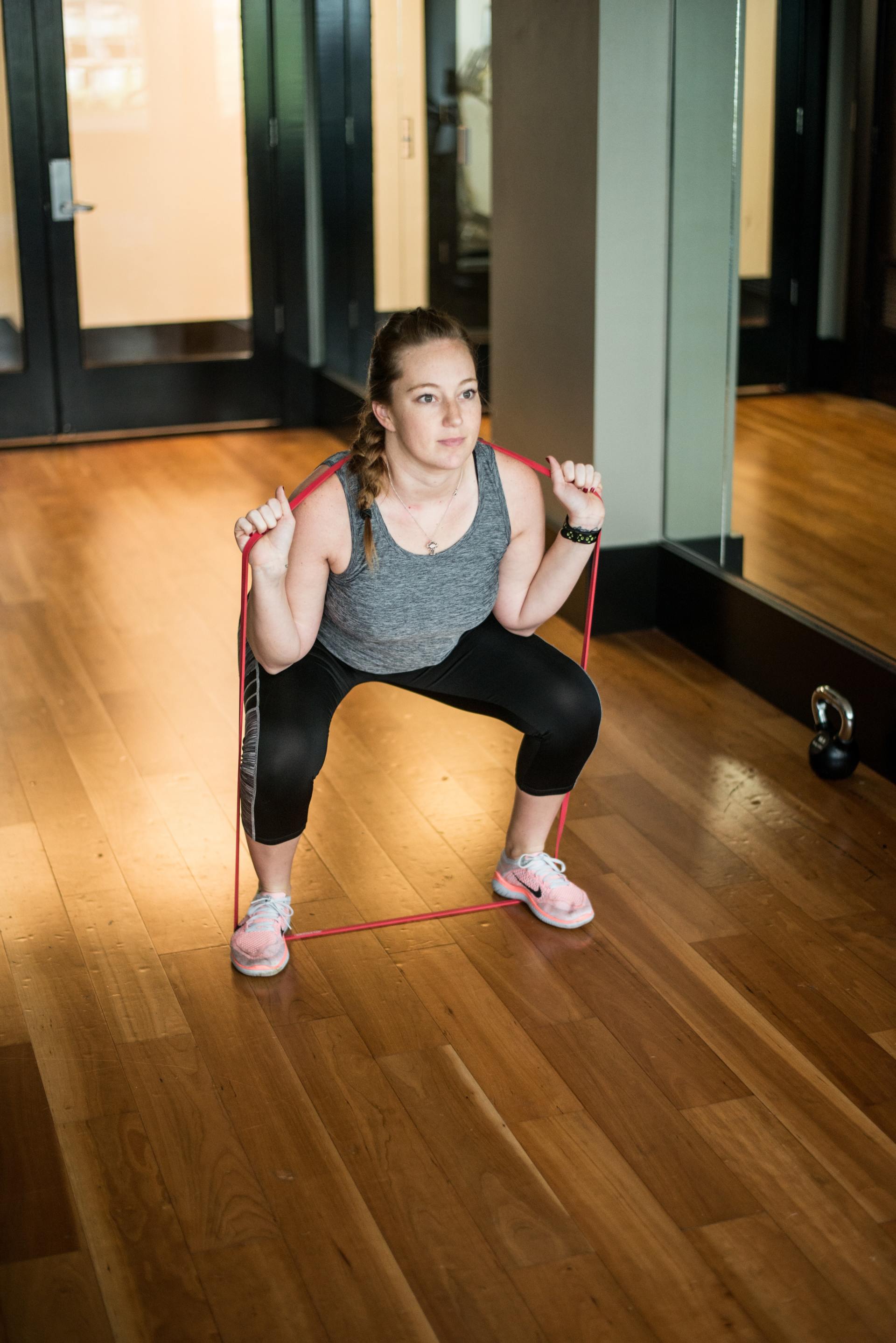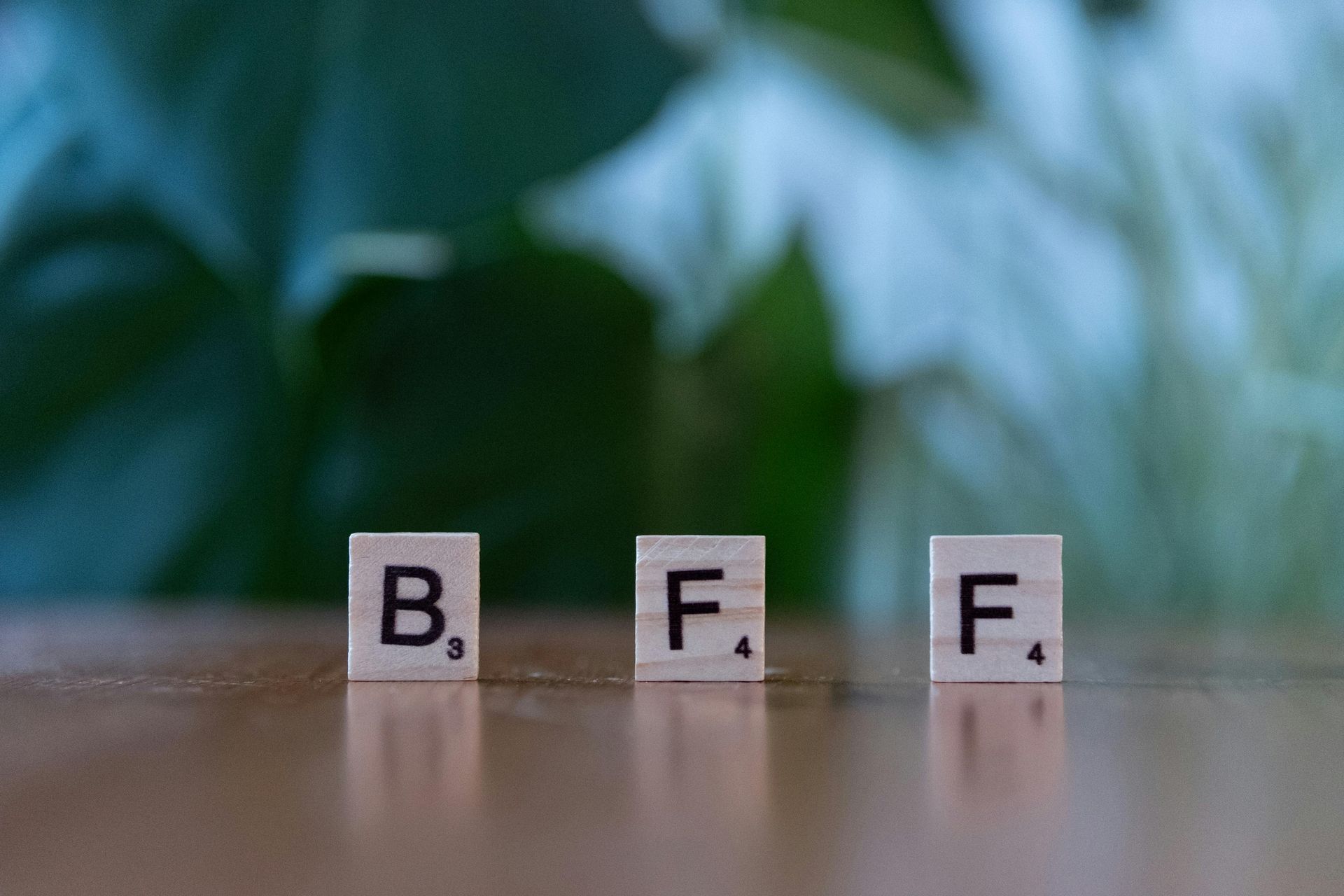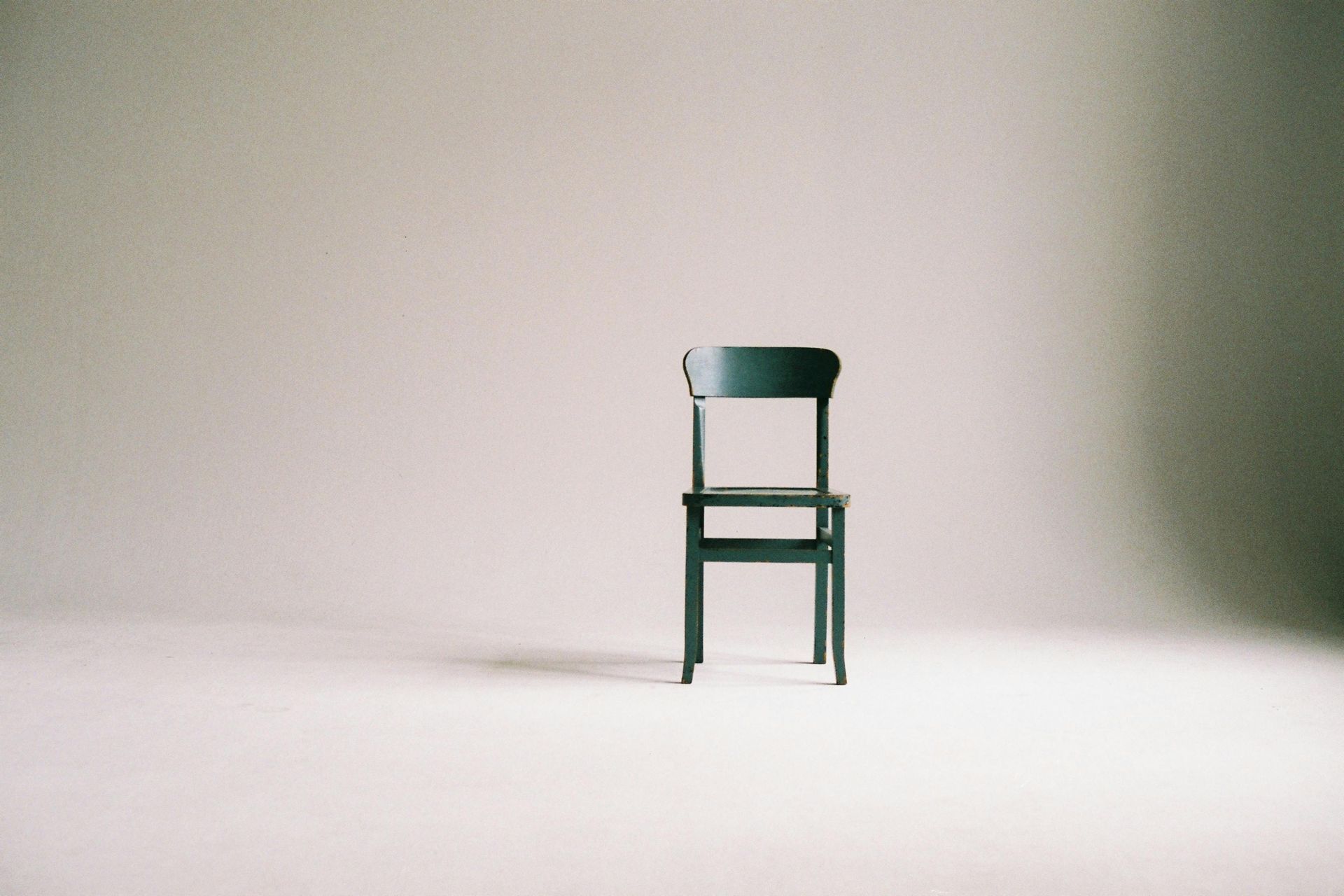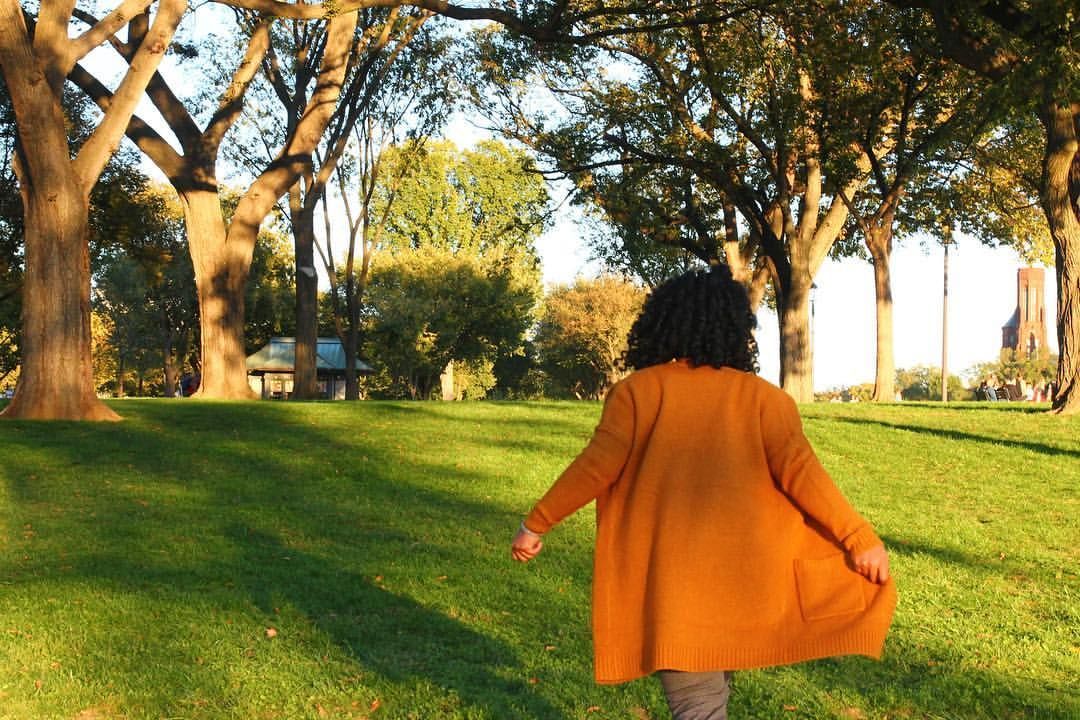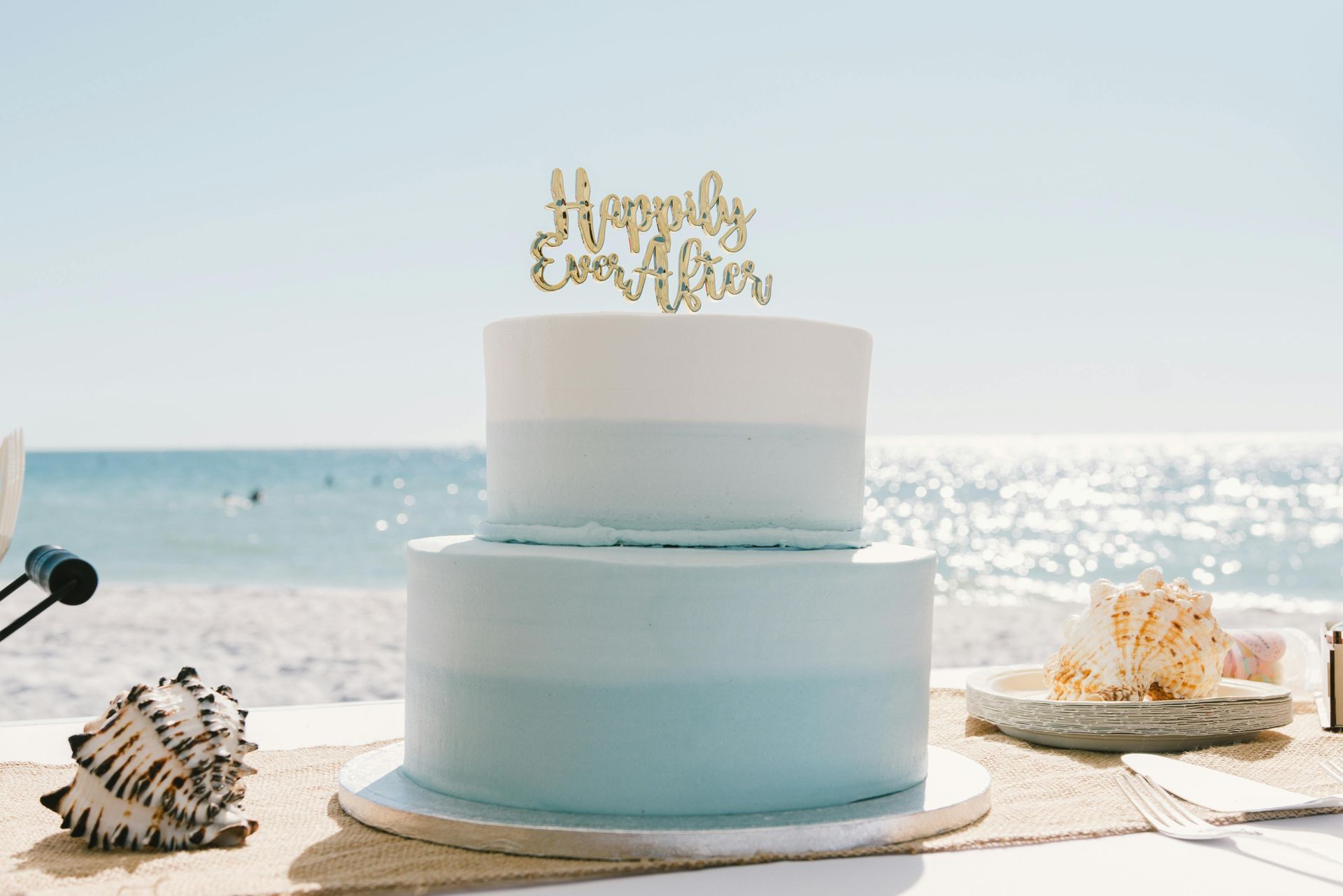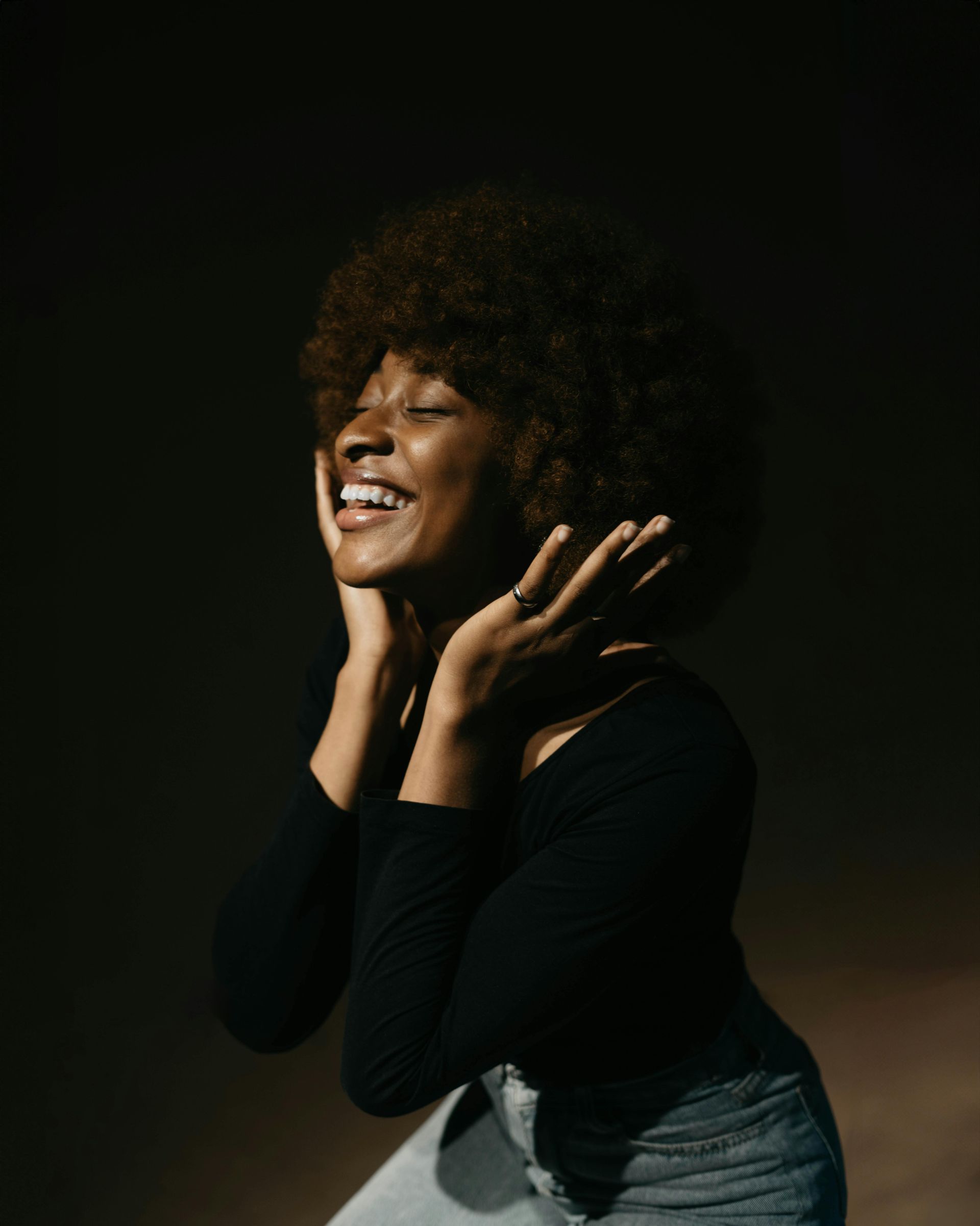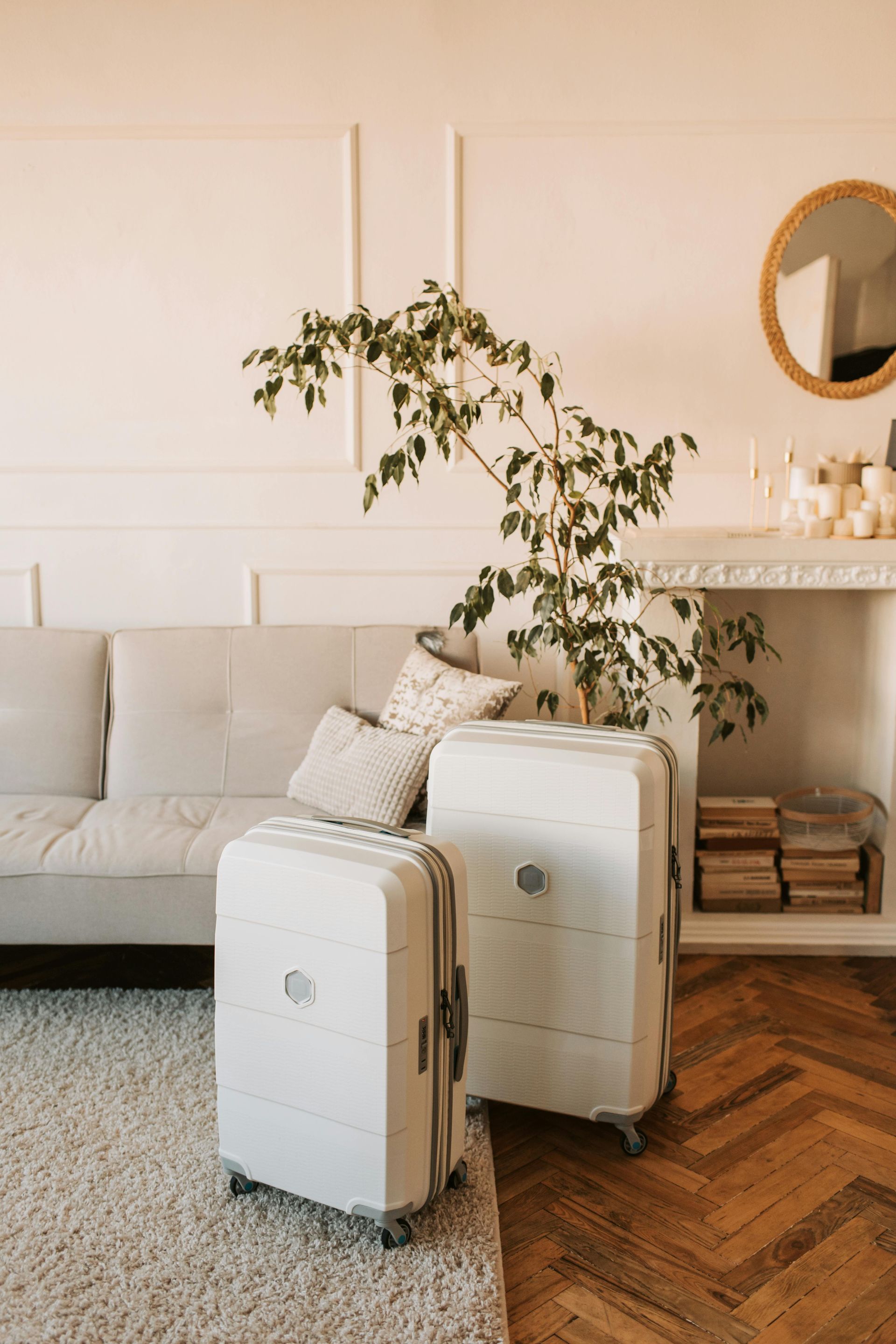From Wife to Woman: Redefining My Feminine Identity After Minimalism and Separation
Reclaiming my sense of self and embracing a more fluid definition of femininity after a major life transition.

The last few months have been a blur of change, movement, and letting go. I’ve given away most of my belongings, separated from my wife, and stripped my life down to the bare essentials—both physically and emotionally. There’s a peculiar lightness that comes with this process, like I’m finally able to stretch out in my own skin again. But the truth is, the real work of rebuilding a life isn’t just about discarding what no longer serves you. It’s about reclaiming who you are once the dust settles.
It’s about stepping back and asking: Who am I now? Who am I becoming?
I thought the hardest part would be packing up boxes and saying goodbye to a shared life. And it was. But what came after—the quiet hours spent alone in a nearly empty home—has been even more confronting. Stripping my space down to its essence forced me to confront all the other “clutter” I’d been carrying: the expectations, roles, and ideas of femininity I’d absorbed without question.
Because somewhere between being a wife, a mother, and a partner, I realized I’d forgotten to simply be a woman—in my own right, on my own terms. And now, as I embrace minimalism, I’m finding that the journey isn’t just about shedding things. It’s about re-learning how to be me.
Unpacking Feminine Identity: Who Am I Now?
I used to think of femininity as a collection of images and attributes: softness, grace, beauty, and a quiet strength that holds everything together. In my marriage, I embodied some of those things, but always in the context of us. Everything was filtered through the lens of partnership—what I wanted, what we wanted, what fit into the life we’d built.
But when that partnership unraveled, I was left wondering what it means to be a woman for myself. When you’re no longer someone’s wife, who are you? When there’s no one there to reflect back your identity—no partner, no prescribed role—what kind of woman do you choose to become?
It’s strange, but letting go of physical objects has made me more conscious of the subtler, intangible ways I’ve been redefining myself. My wardrobe, for instance, has transformed into a capsule collection of pieces that reflect my style, not some shared aesthetic. Every item I’ve kept feels true to me—soft, simple fabrics that breathe, colors that calm rather than shout. It’s a small, symbolic rebellion against a world that tells women to decorate themselves for others.
This process isn’t just about clothes, though. It’s about questioning every aspect of how I show up in the world and deciding what’s truly mine. From the books I keep to the way I spend my time, I’m choosing consciously and unapologetically—letting my intuition guide me rather than obligation or habit.
Healing as a Woman Who Loves Women
There’s a unique complexity in untangling yourself from a same-sex marriage. You don’t just lose a partner; you lose a version of yourself. For years, my identity was intertwined with being part of a queer relationship, defying norms simply by existing as a unit. In the queer community, there’s an added layer of expectation to be “out and proud” while simultaneously protecting your privacy against a world that often scrutinizes or dismisses your experience.
But now, in the aftermath, I’m grappling with a quieter, more personal struggle: reclaiming my own identity as a woman who loves women, outside of the partnership that defined me for so long. How do I heal without erasing that part of myself? How do I honor what was without letting it limit what’s next?
There’s a temptation to box yourself in, to cling to labels for comfort when everything else feels unsteady. But I’m learning that labels—just like possessions—can become anchors if you’re not careful. Instead, I’m giving myself permission to be fluid, to embrace the nuances of being both strong and soft, to be tender and fierce, and to evolve without apology.
Reclaiming Space: Physically and Emotionally
Minimalism isn’t just a style choice; it’s a declaration of intent. Each empty corner of my home is a reminder that I no longer have to fill spaces just because they exist. I can choose what comes in, and more importantly, I can choose what stays out.
This newfound emptiness has translated into my emotional world as well. I’ve had to make peace with voids that were once crammed with resentment, old stories, and the need for validation. The empty walls are a canvas for self-discovery, the bareness a challenge to stop distracting myself with accumulation and, instead, cultivate a sense of presence.
The other day, I stood in the middle of my living room—a place that once felt desolate—and noticed something had shifted. It no longer felt like a reminder of what was lost. It felt like a testament to what I’m building. There’s space for me to dance, to sprawl out, to move. The whole home feels like a metaphor for the kind of woman I want to be: expansive, unconfined, and rooted in what truly matters.
From Letting Go to Leaning In: Preparing for a Nomadic Life
In a few months, I’ll be packing up once more—this time to hit the road with my son and embrace the digital nomad lifestyle we’ve been preparing for. And as I look around at what’s left—my capsule wardrobe, a few beloved books, one carefully chosen toy—I realize this exercise in minimalism has been the perfect training ground.
Choosing what to keep and what to release has taught me to let go of the need to possess. It’s a mental muscle I’ve been building, one that will serve me well when our lives become untethered from any one place. Minimalism, for me, isn’t just a practice in aesthetics. It’s a preparation for the ultimate freedom: the ability to move through the world carrying only what’s essential, unburdened by both material weight and emotional baggage.
Embracing the Fluidity of My Feminine Identity
As I navigate this transition from wife to woman, from rooted to nomadic, I’m allowing myself to be both less and more. I’m stripping away the excess but leaning into depth. I’m choosing to embrace a softer kind of power—a power that comes not from how much I can hold onto, but from how freely I can release what no longer serves.
My home may be nearly empty, but my spirit is full. There’s a quiet joy in finding that I don’t need much to feel whole. In fact, the more I shed, the more I see that the essence of who I am has always been there, just waiting for me to clear the clutter and recognize it.
Here’s to embracing a feminine identity that’s fluid, a life that’s portable, and a heart that’s wide open.
If letting go is what it takes to find myself, then I’m ready to release everything—except the things that set me free.
—To the woman I’m becoming, one less thing at a time.
XoXo,
